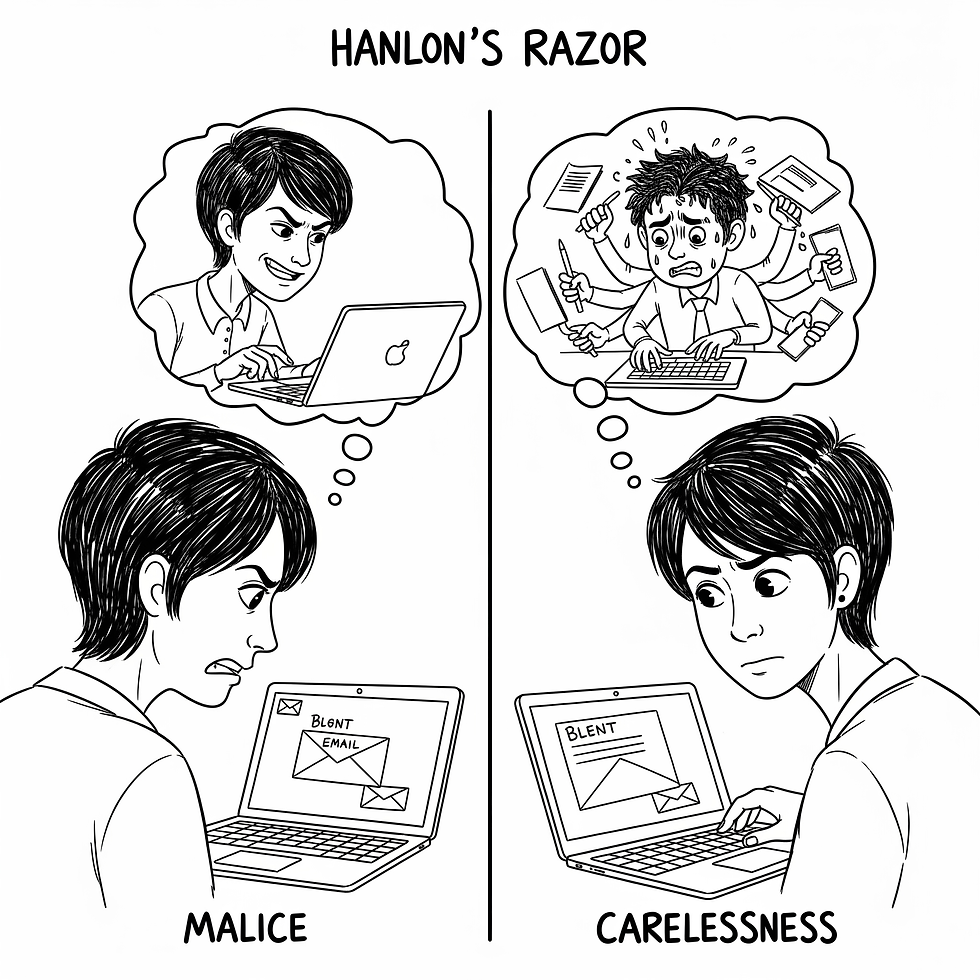Second-Order Thinking. How to Think Beyond Immediate Consequences
- Stefan Sager

- Aug 16
- 2 min read
Updated: Oct 4
Second-order thinking is deep and complex. It considers the longer-term consequences of the initial effects.
A manager at an ice cream company has the opportunity to make a quick sale. He is offered a short-term profit by selling 500 gallons of ice cream at a discount to a large client.
This is first-order thinking, as the immediate consequence is a profit.
However, a second-order thinker might ask:
And then what? The immediate consequence is a short-term profit.
And then what? The company has less ice cream to sell to its regular customers.
And then what? The regular customers start leaving to your competitors.
And then what? The company loses its core customer base and long-term revenue.
This is a crucial concept to understand alongside Inversion, which is the practice of thinking backward from a desired negative outcome to identify and avoid the steps that lead to it.

What are the long-term consequences of my decisions?
Almost everyone can anticipate the immediate result of a decision. This is first-order thinking. For example, "If we ban this product, sales will go down."
The much more difficult and valuable skill is second-order thinking, which explores the ripple effects:
If we ban this product, sales will go down.
And then what? Our competitor might gain market share.
And then what? That might give them the scale to lower their prices across all products.
And then what?..
Second-order thinking allows you to see the hidden costs and opportunities that others miss, leading to far superior decision-making.
How can I use Second-Order Thinking to foresee consequences?
For any significant decision, make a list of the immediate consequences. Then, for each item on that list, ask "And then what?" at least three to five times to uncover the deeper, less obvious effects.
We appreciate you subscribing (below) it allows us to:
Publish new Mental Models every week.
Remain 100% independent and ad-free.
Grow our library of resources for the community.
All resources can be found here


Comments